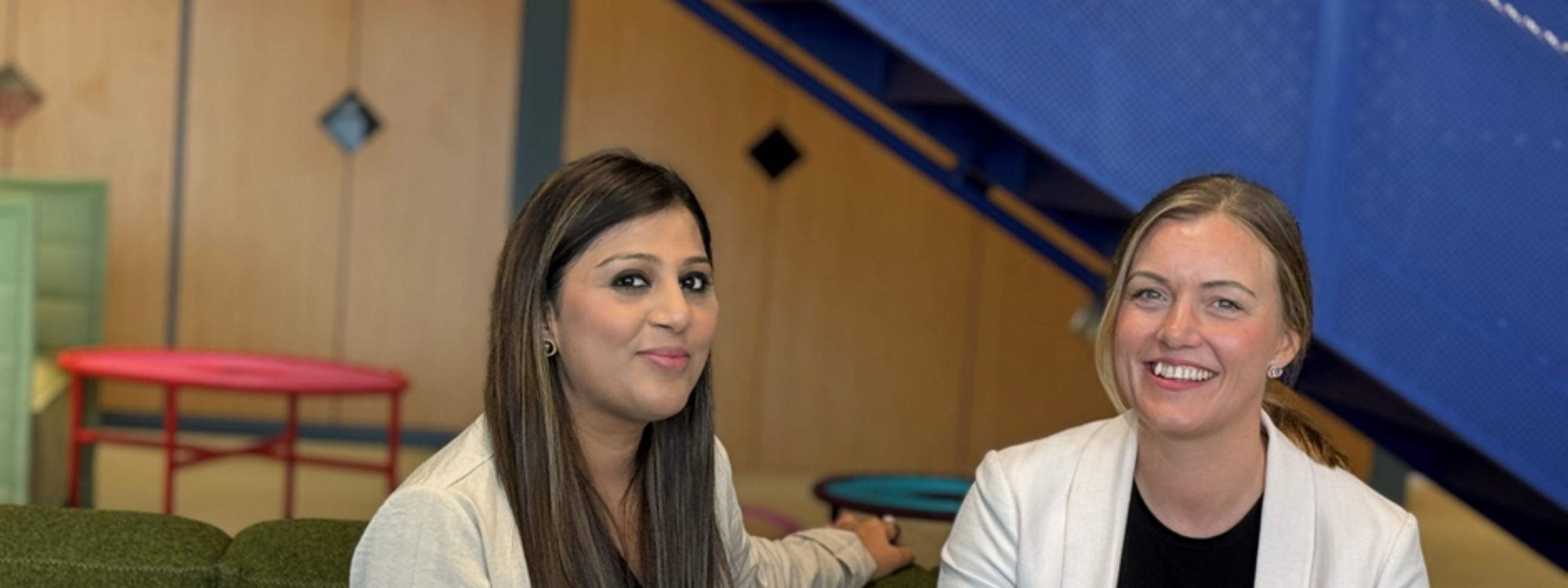Tackling broad and complex Scope 3 emissions step-by-step
Tackling broad and complex Scope 3 emissions step-by-step

At Telenor Group, over 60% of our carbon emissions, also commonly known as Scope 3 emissions, stem from the supply chain. Given the importance of reducing supply chain emissions in our global net zero journey, the Telenor Procurement Company (TPC) – which oversees Group-wide procurement – engaged with Telenor’s suppliers to encourage them to set climate targets, in line with the Science Based Target initiative (SBTi).
In April 2023, TPC announced the Climate Project 66% (CP66). By 2025, the goal is to have 66% of total spend only with suppliers that have science-based emission reduction targets validated by SBTi.
However much ahead of targeted timelines, by March 2024, 51.9% of total spend is aligned with suppliers that have set science-based targets. In addition, 11.5% of total spend is linked with suppliers that have publicly committed to these targets.
Almost 50 of Telenor’s top 65 suppliers have committed to or set targets, aligned with SBTi guidelines.
CP66 is spearheaded by Maleeha Sattar, Category Manager and Veronica Rolid, Compliance and ESG Risk Specialist based at the Telenor Procurement Company in Singapore. We speak to them to find out how they surpassed CP66 milestones.
“We are proud of what we have achieved,” Maleeha says. “With CP66, we have created a single framework that our suppliers and procurement teams at our operating companies are aligned to. This was in consultation with our management and colleagues, which resulted in a process that is standardized, easily understood, and based on ambitious, but achievable targets.”
“Another key success factor is that CP66 is sponsored by top management and executed in collaboration with the Group Climate & Environment team and the operating companies’ procurement and sustainability teams. This enabled us to establish escalation mechanisms to supplier management teams, reinforcing that having science-based emission targets is essential when working with Telenor,” Veronica adds. “The participation and support by the teams in the markets have been critical. We all recognise that climate change is a boardroom priority that requires real action.”

“Another key success factor is that CP66 is sponsored by top management and executed in collaboration with the Group Climate & Environment team and the operating companies’ procurement and sustainability teams,” Veronica says.
Creating the engagement framework was only the first phase. Coordination and discussions with suppliers were paramount in convincing suppliers. The duo recalls hosting at least four webinars that gathered around 110 suppliers, who were interested in learning more about SBTi guidelines. “This was essential in converting suppliers who were unsure. We were able to identify the issues they might face, while in turn, they learned of the benefits of aligning with SBTi goals. We used many real-life examples from other companies to demonstrate these benefits,” says Veronica, adding that there have been many more individual meetings after.
Assessing total emissions was a challenge for mid-sized suppliers, particularly for companies in developing markets. In response, the CP66 team extended support and guidance on the process. For example, together with the operating company Grameenphone (GP) in Bangladesh, they worked closely with eight local GP suppliers. This resulted in all eight suppliers committing to or setting science-based targets. “This was the first time a telco has required suppliers to align with SBTi requirements in Bangladesh,” Maleeha exclaims.
Other suppliers that took the steps to commit to such targets include Chinese supplier ZTE and U.K.-based insurance company SquareTrade Limited.
The promise by suppliers to reduce emissions due to CP66 has positive knock-on effects. “Suppliers we’ve engaged with acknowledge that Telenor is the first to require science-based climate targets and that this has spurred them to review the sustainability of their business model,” Maleeha says.

“This was the first time a telco has required suppliers to align with SBTi requirements in Bangladesh,” Maleeha exclaims, referring to onboarding eight local suppliers onto SBTi.
Overcoming multi-faceted challenges
Both Maleeha and Veronica learned a lot during the planning and implementation of CP66, as they had limited climate-related experience before.
Awareness of climate emissions and setting science-based targets validated by SBTi was a multi-faceted hurdle. For some suppliers, their country of origin may have less stringent environmental requirements, which sometimes caused reluctance in committing to ambitious science-based targets. Supply chain complexities for both large and smaller enterprises was another reason for hesitation.
CP66 has achieved the project milestones ahead of schedule, but there is more to be done. “Much more is needed to change the behaviour to cap rising global temperatures and our years-long work has only just started. Setting targets is a necessary first step, and then these targets must be met. In the longer-term, we seek even more renewable energy sources for our own operations specially in Asia, which would accelerate Telenor’s pursuit towards net-zero emissions,” Veronica says.
Read more: Telenor’s Climate Transition Plan
- Read more: Explosive IoT growth in APAC will transform government, businesses and telcos says Telenor IoT’s Seth Ryding
- Read more: Energy challenge from Asia’s fast-rising data usage calls for new thinking, says Telenor Asia’s head of tech

